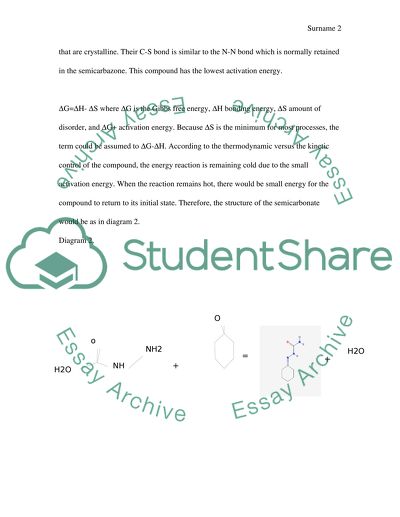Cite this document
(“Kinetic versus Thermodynamic Control in Competing Reactions Lab Report”, n.d.)
Retrieved from https://studentshare.org/chemistry/1460641-kinetic-versus-thermodynamic-control-in-competing
Retrieved from https://studentshare.org/chemistry/1460641-kinetic-versus-thermodynamic-control-in-competing
(Kinetic Versus Thermodynamic Control in Competing Reactions Lab Report)
https://studentshare.org/chemistry/1460641-kinetic-versus-thermodynamic-control-in-competing.
https://studentshare.org/chemistry/1460641-kinetic-versus-thermodynamic-control-in-competing.
“Kinetic Versus Thermodynamic Control in Competing Reactions Lab Report”, n.d. https://studentshare.org/chemistry/1460641-kinetic-versus-thermodynamic-control-in-competing.


